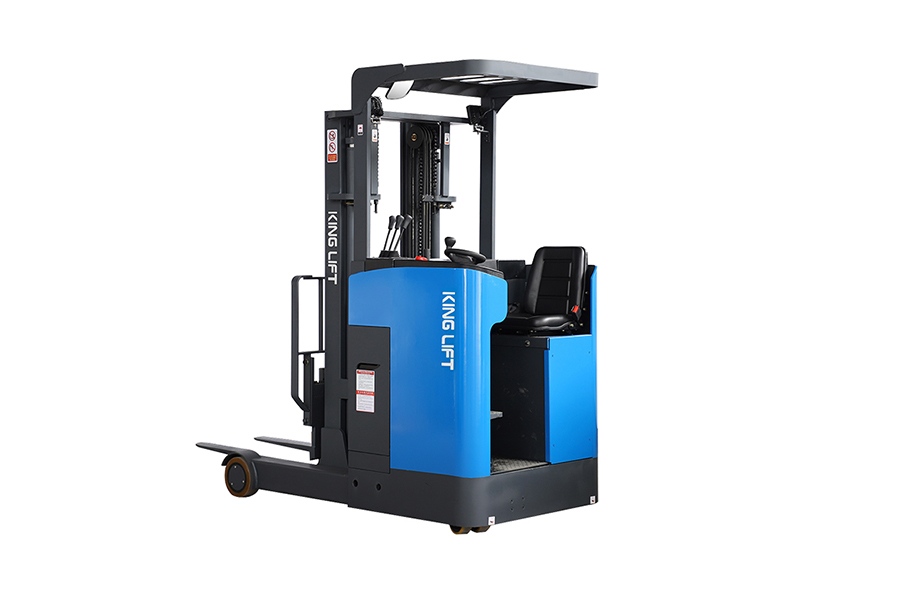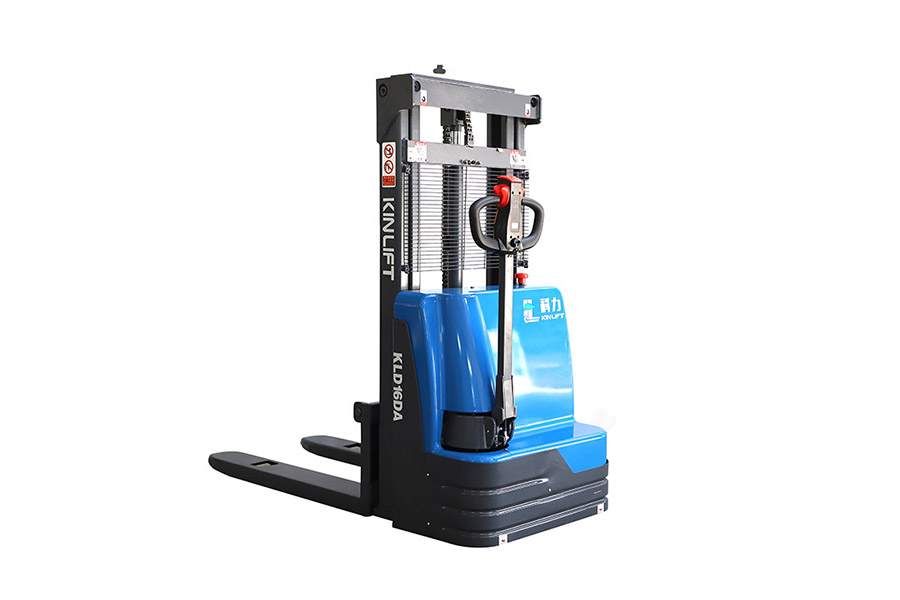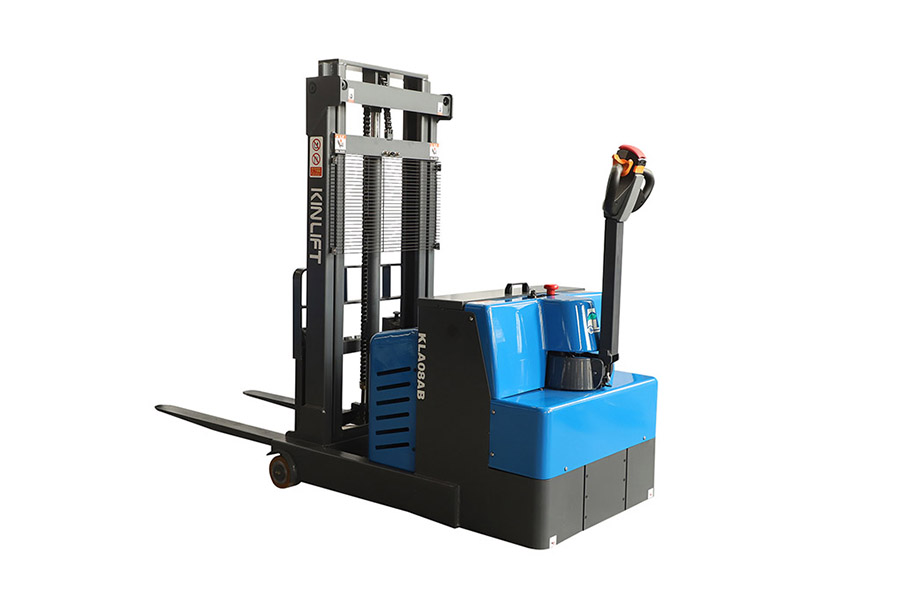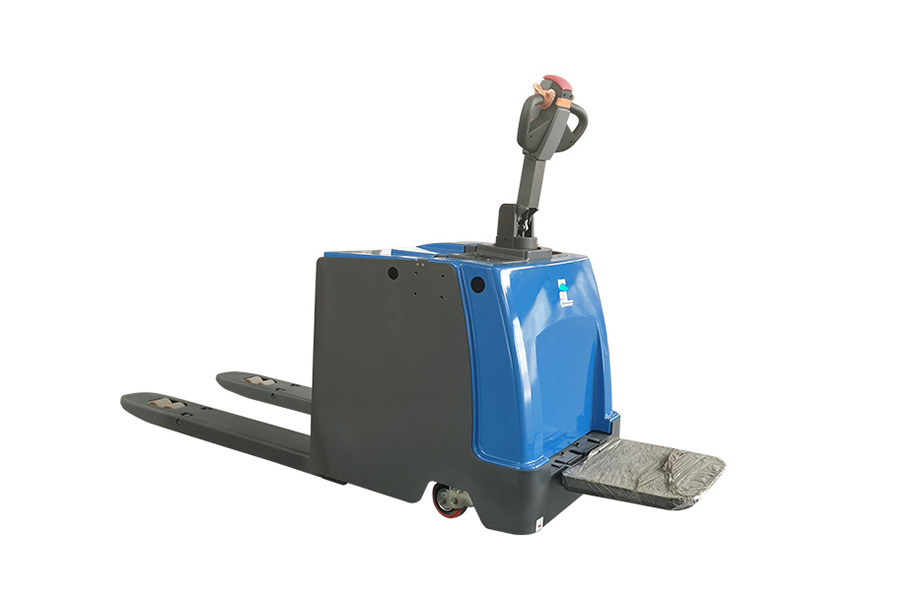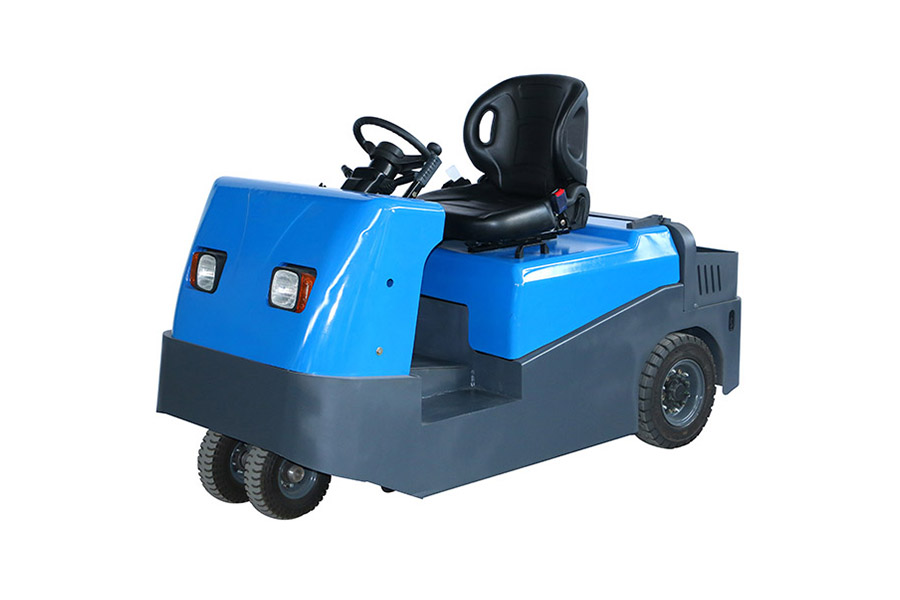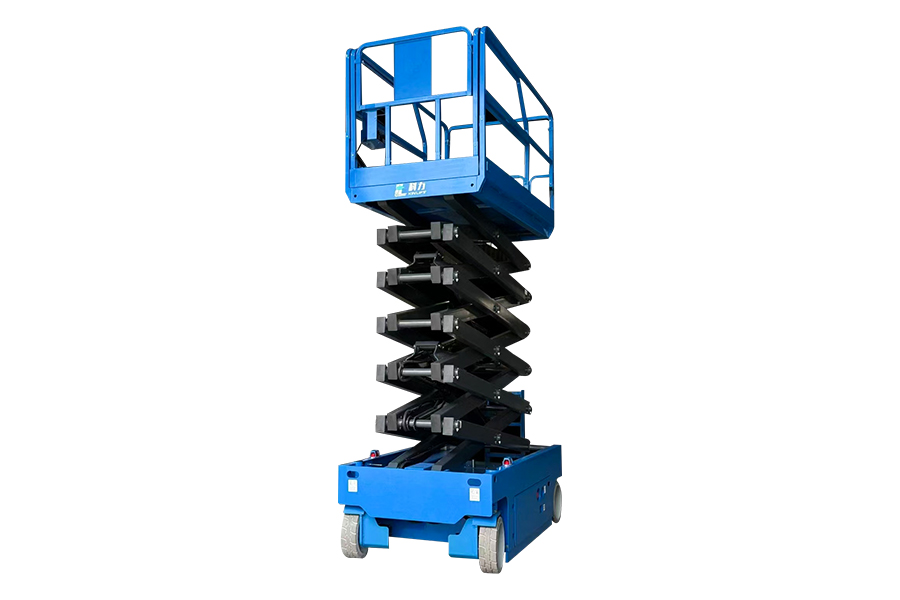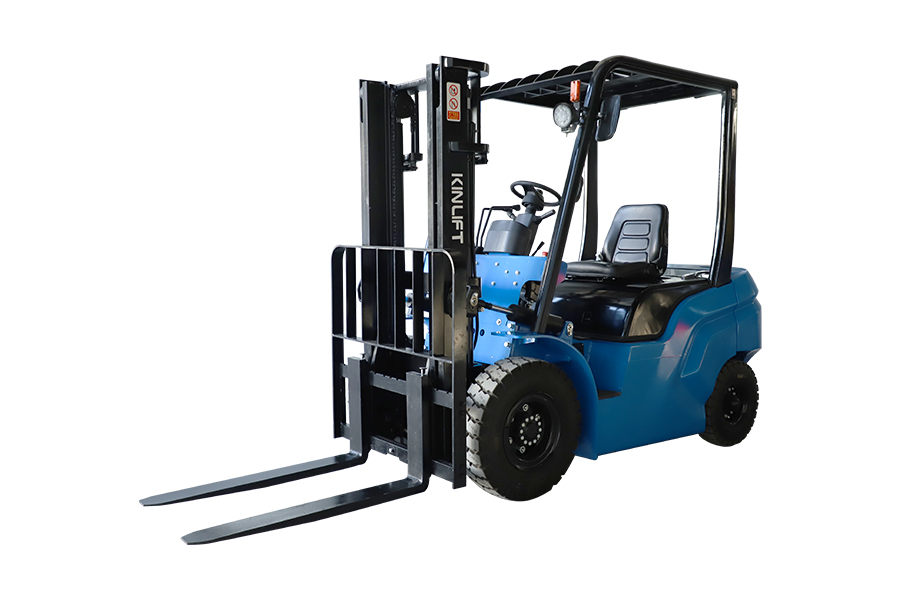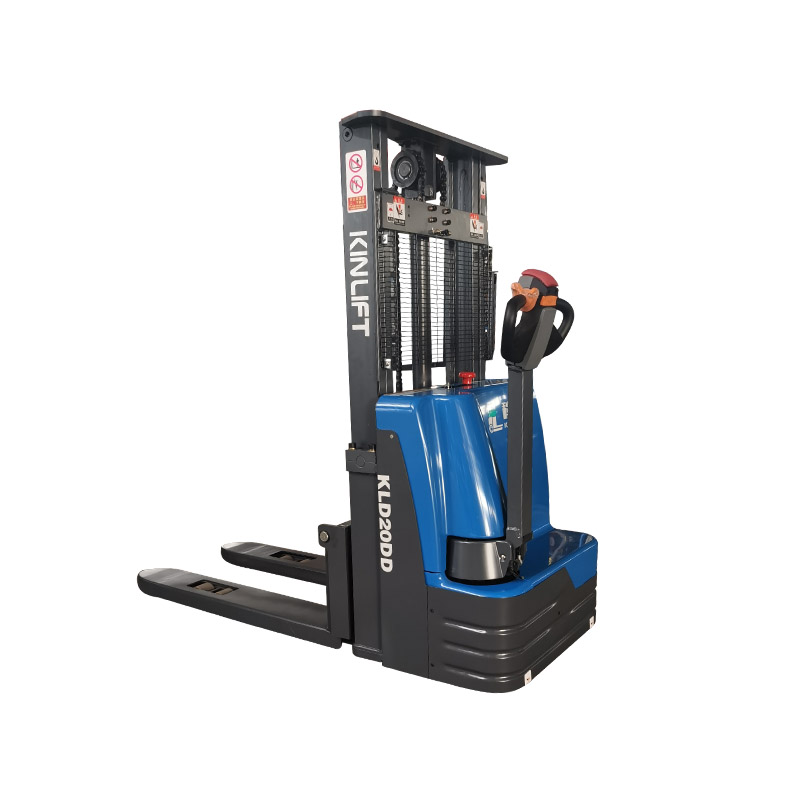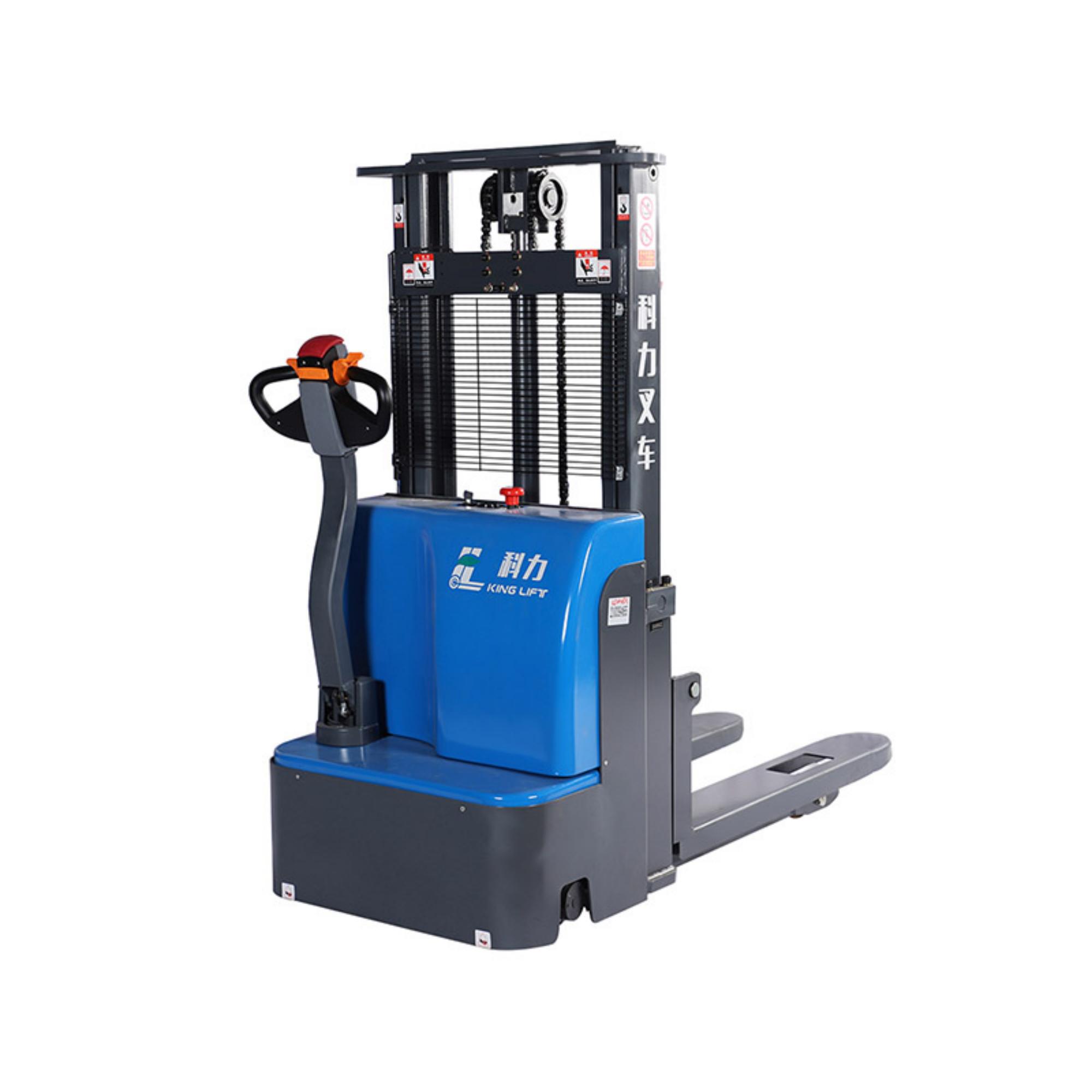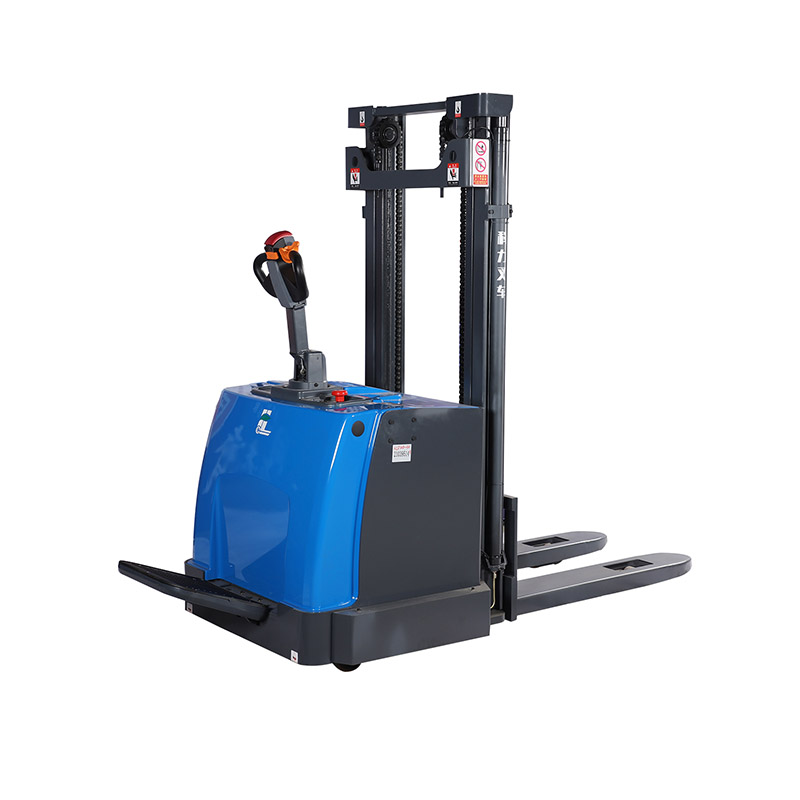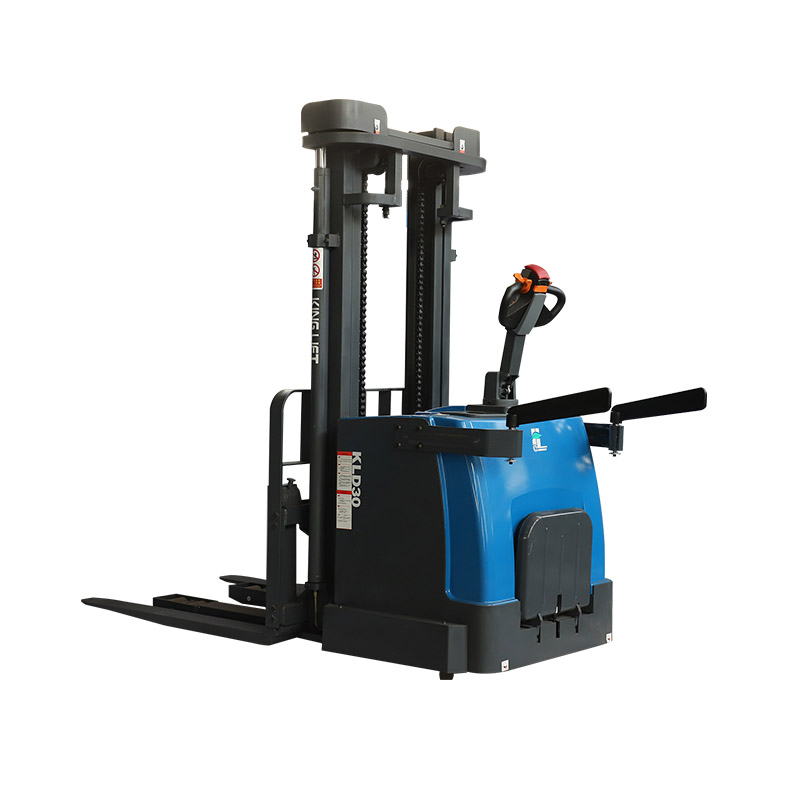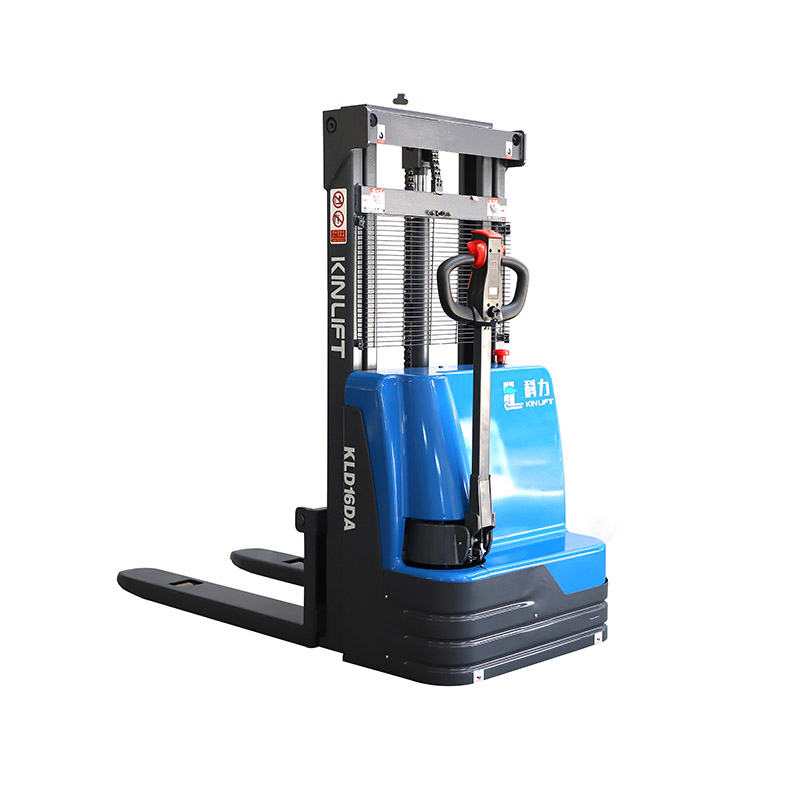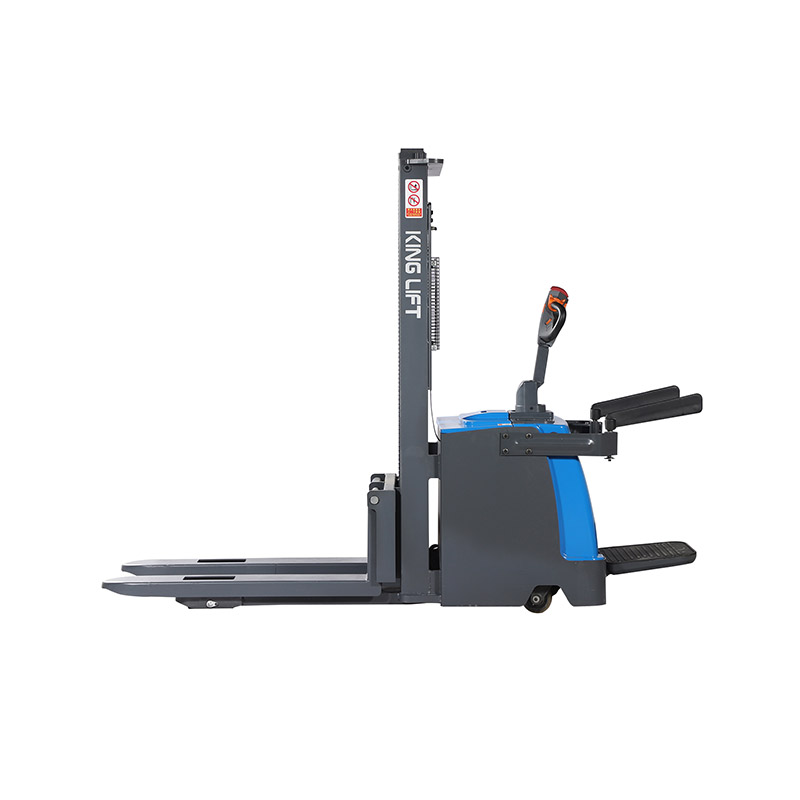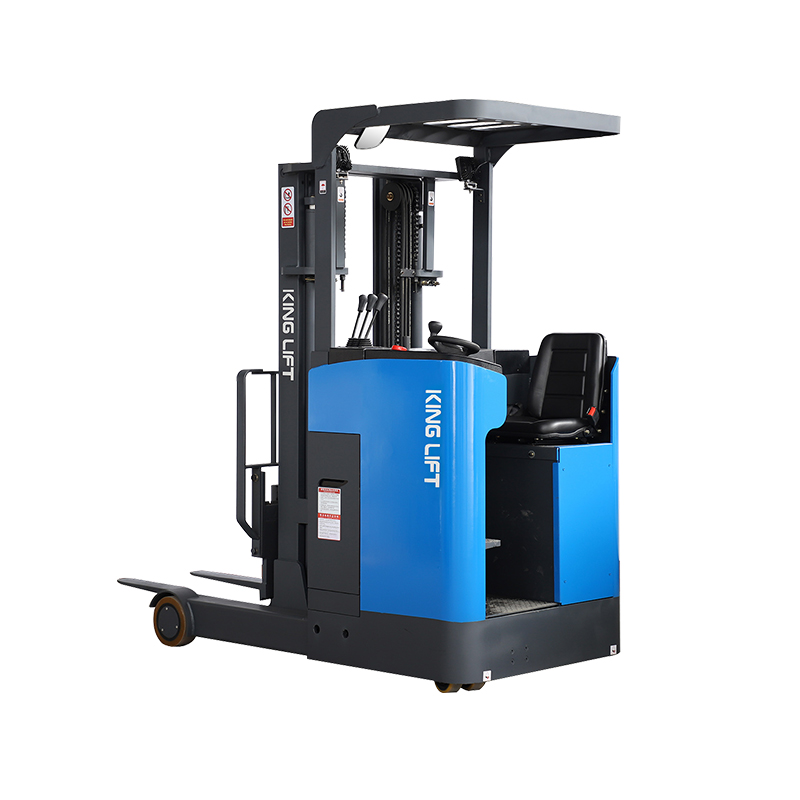In modern warehousing and logistics operations, the diversity of cargo carrying tools and the complexity of the operation process place strict requirements on the compatibility of handling equipment. With its efficient adaptability to all types of pallets such as wood, plastic, and metal, the electric pallet truck has become an indispensable core equipment in the field of warehousing and logistics. This adaptability is not only derived from the structural design of the vehicle itself, but also relies on a precise technical system and engineering optimization to ensure that it always maintains a stable and efficient operating state in different operating scenarios.
Mechanical basis for multi-pallet adaptation
As an actuator that directly contacts the pallet, the structural design of the electric pallet truck's fork is the key to achieving multi-adaptation. The fork is usually made of high-strength steel in one piece, with sufficient strength and toughness to withstand the pressure of heavy-loaded goods and maintain structural integrity when forking pallets of different materials. The spacing of the forks can be flexibly adjusted according to the size of the pallet, and can be accurately adapted to the pallet through hydraulic or mechanical adjustment devices. The bevel design and arc transition treatment at the front end of the fork effectively reduce the resistance when picking up the pallet and avoid damage to the pallet. Whether it is the fragile edge of the wooden pallet or the hard surface of the metal pallet, it can achieve a gentle and stable grasp.
Technical empowerment of the intelligent adjustment system
In order to further improve the adaptation accuracy of different pallets, the electric pallet truck is equipped with an intelligent adjustment system. The system monitors the contact status between the fork and the pallet in real time through sensors. When the fork is inserted into the pallet, the pressure sensor can quickly sense the hardness and load distribution of the pallet material, and automatically adjust the lifting speed and strength of the fork to ensure that the pallet is lifted steadily. For plastic pallets with smooth surfaces, the system will appropriately increase the friction to prevent the pallet from sliding during transportation; for the irregular surface of wooden pallets, the system will dynamically adjust the fork angle to ensure that the pallet is evenly stressed. In addition, the height adjustment function is combined with the automatic horizontal calibration technology to keep the vehicle body balanced when picking up pallets of different thicknesses, avoiding safety hazards caused by the center of gravity shift.
Adaptation practice in complex scenarios
In actual warehousing operations, the adaptability of electric pallet trucks to all types of pallets has been fully verified. In the cold chain warehouse of food processing companies, plastic pallets tend to become brittle in low temperature environments, and metal pallets tend to condense and frost. With its precise fork adjustment and intelligent control system, the transport truck can safely and efficiently complete cargo handling to avoid damage to pallets and cargo falling. In the raw material warehouse of the manufacturing industry, facing wooden pallets loaded with heavy machinery parts, the high-strength forks and stable hydraulic systems of the transport truck can easily handle heavy loads and ensure that the pallets are not damaged during long-distance transportation. This stable performance in different industries and different operating environments demonstrates the powerful adaptability and reliability of electric pallet trucks.
Operational innovation brought by adaptability
The efficient adaptation of electric pallet trucks to all types of pallets fundamentally changes the operation mode of warehousing and logistics. Enterprises do not need to configure a variety of handling equipment due to differences in pallet types, which reduces equipment procurement and maintenance costs. Efficient adaptability reduces waiting time during cargo loading and unloading, and improves operation continuity and circulation efficiency. Precise pallet grabbing and handling effectively reduces the loss rate of goods and brings significant economic benefits to enterprises. In the long run, this adaptability also lays the foundation for the intelligent and automated upgrade of warehousing and logistics, helping the industry to develop in a more efficient and flexible direction.


 English
English русский
русский